Tomato paste is a staple ingredient in various cuisines across the globe, known for its rich, concentrated flavor and versatility in cooking. While store-bought tomato paste is readily available, making homemade tomato paste can be a rewarding and cost-effective alternative. In this article, we will explore the benefits, step-by-step process, and practical uses of easy homemade tomato paste. Benefits of Homemade Tomato Paste: 1. Superior Flavor: Homemade tomato paste allows you to control the quality and taste of the final product by using fresh, ripe tomatoes, resulting in a more vibrant and authentic flavor. 2. No Additives or Preservatives: Store-bought tomato paste often contains additives such as salt, sugar, or corn syrup. Making your own allows you to eliminate these unnecessary components and create a purer, healthier product.
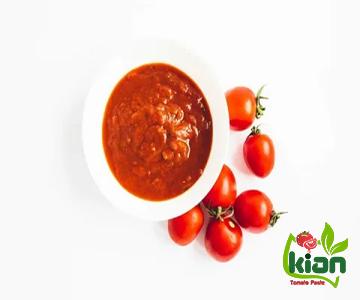
.
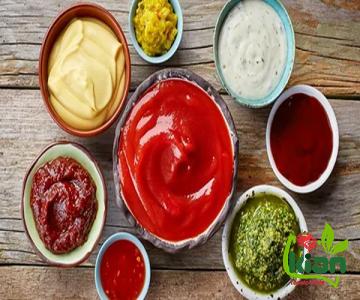 3. Cost-Effective: By utilizing seasonal tomatoes or those purchased in bulk, homemade tomato paste can significantly reduce your grocery bill and ensure a more sustainable approach to cooking. Step-by-Step Guide to Making Homemade Tomato Paste: 1. Selecting Tomatoes: Choose ripe, fleshy tomatoes such as Roma or plum tomatoes, known for their lower water content and intense flavor. Avoid overripe or bruised tomatoes, as they may affect the final taste and texture. 2. Blanching and Peeling: Remove the stems and make a shallow cross-shaped incision on the bottom of each tomato. Blanch them in boiling water for a few seconds, then transfer them to ice-cold water. The skin will easily peel off. 3. Cooking and Reducing: Cut the peeled tomatoes into small chunks and simmer them in a heavy-bottomed pot over low heat. Stir occasionally and cook until the tomatoes break down and the mixture thickens, typically for around two hours.
3. Cost-Effective: By utilizing seasonal tomatoes or those purchased in bulk, homemade tomato paste can significantly reduce your grocery bill and ensure a more sustainable approach to cooking. Step-by-Step Guide to Making Homemade Tomato Paste: 1. Selecting Tomatoes: Choose ripe, fleshy tomatoes such as Roma or plum tomatoes, known for their lower water content and intense flavor. Avoid overripe or bruised tomatoes, as they may affect the final taste and texture. 2. Blanching and Peeling: Remove the stems and make a shallow cross-shaped incision on the bottom of each tomato. Blanch them in boiling water for a few seconds, then transfer them to ice-cold water. The skin will easily peel off. 3. Cooking and Reducing: Cut the peeled tomatoes into small chunks and simmer them in a heavy-bottomed pot over low heat. Stir occasionally and cook until the tomatoes break down and the mixture thickens, typically for around two hours.
..
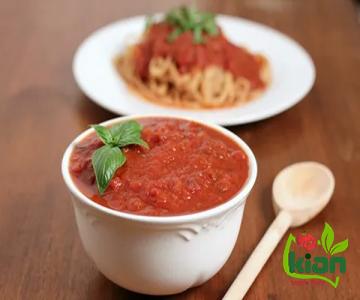 4. Seasoning: While cooking, add optional seasonings such as salt, pepper, garlic, or herbs like basil or oregano to enhance the flavor profile. 5. Blending and Straining: Using an immersion blender or a regular blender, puree the cooked tomatoes until smooth. Pass the puree through a fine-mesh strainer or cheese cloth to remove any seeds or pulp, resulting in a velvety, concentrated paste. 6. Sterilizing and Storing: To preserve the homemade tomato paste, spoon it into sterilized jars, leaving about 1/4 inch of headspace. Seal tightly and store in a cool, dark place or refrigerate for immediate use. Practical Uses for Homemade Tomato Paste: 1. Sauces and Soups: Tomato paste forms the base of many sauces and soups, adding depth and richness to recipes such as marinara sauce, stews, or even homemade ketchup. 2. Pizza and Pasta: Spread homemade tomato paste on pizza dough as a flavorful alternative to traditional tomato sauce.
4. Seasoning: While cooking, add optional seasonings such as salt, pepper, garlic, or herbs like basil or oregano to enhance the flavor profile. 5. Blending and Straining: Using an immersion blender or a regular blender, puree the cooked tomatoes until smooth. Pass the puree through a fine-mesh strainer or cheese cloth to remove any seeds or pulp, resulting in a velvety, concentrated paste. 6. Sterilizing and Storing: To preserve the homemade tomato paste, spoon it into sterilized jars, leaving about 1/4 inch of headspace. Seal tightly and store in a cool, dark place or refrigerate for immediate use. Practical Uses for Homemade Tomato Paste: 1. Sauces and Soups: Tomato paste forms the base of many sauces and soups, adding depth and richness to recipes such as marinara sauce, stews, or even homemade ketchup. 2. Pizza and Pasta: Spread homemade tomato paste on pizza dough as a flavorful alternative to traditional tomato sauce.
…
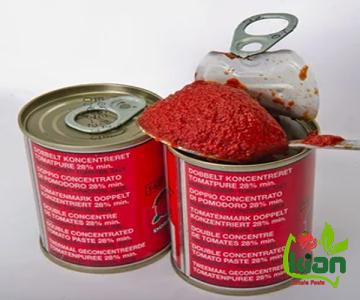 It also adds a burst of flavor when stirred into pasta dishes like spaghetti or lasagna. 3. Gravy and Condiments: Mix homemade tomato paste with stock or broth to create a savory gravy or demi-glace. It can also be blended with mayonnaise, mustard, or spices to create unique condiments and spreads. 4. Flavor Enhancer: Use a spoonful of homemade tomato paste to enhance the taste of roasted vegetables, braised meats, or even stir-fried dishes. Its concentrated flavor adds a delightful umami kick to any recipe. Conclusion: Making homemade tomato paste is a simple, rewarding process that allows you to create a versatile and flavorful ingredient for your culinary creations. With just a few steps, fresh tomatoes can be transformed into a concentrated paste, free from additives and bursting with natural flavors. Whether you’re a seasoned cook or a beginner in the kitchen, experimenting with easy homemade tomato paste opens up a world of delicious possibilities. So, why not give it a try?
It also adds a burst of flavor when stirred into pasta dishes like spaghetti or lasagna. 3. Gravy and Condiments: Mix homemade tomato paste with stock or broth to create a savory gravy or demi-glace. It can also be blended with mayonnaise, mustard, or spices to create unique condiments and spreads. 4. Flavor Enhancer: Use a spoonful of homemade tomato paste to enhance the taste of roasted vegetables, braised meats, or even stir-fried dishes. Its concentrated flavor adds a delightful umami kick to any recipe. Conclusion: Making homemade tomato paste is a simple, rewarding process that allows you to create a versatile and flavorful ingredient for your culinary creations. With just a few steps, fresh tomatoes can be transformed into a concentrated paste, free from additives and bursting with natural flavors. Whether you’re a seasoned cook or a beginner in the kitchen, experimenting with easy homemade tomato paste opens up a world of delicious possibilities. So, why not give it a try?

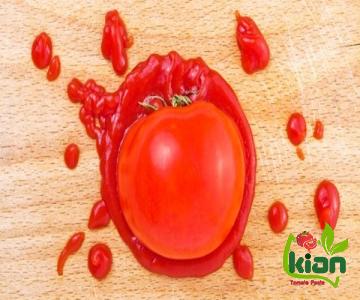

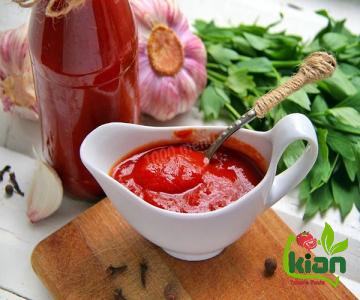
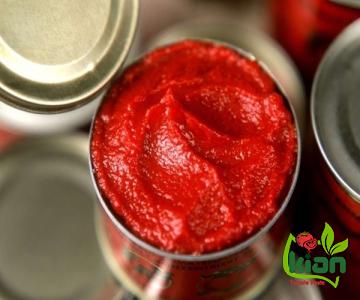
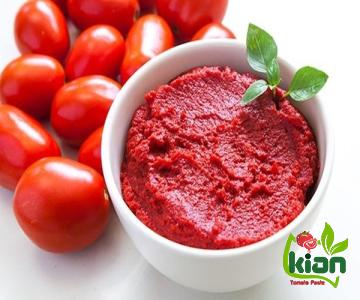
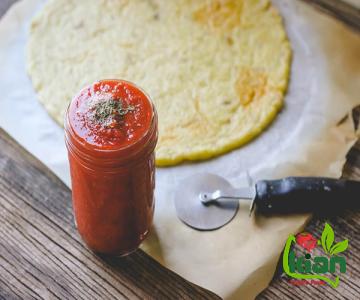
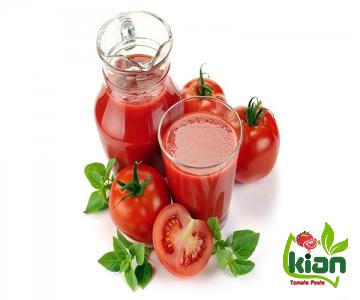

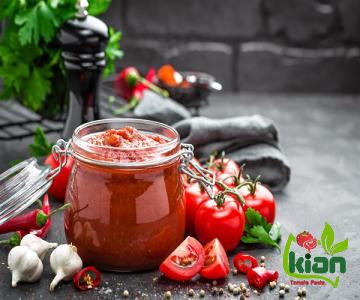
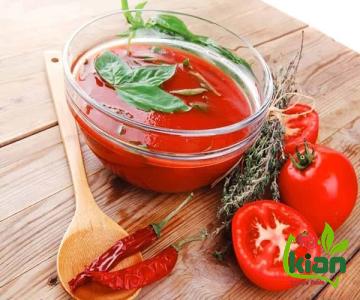
Your comment submitted.